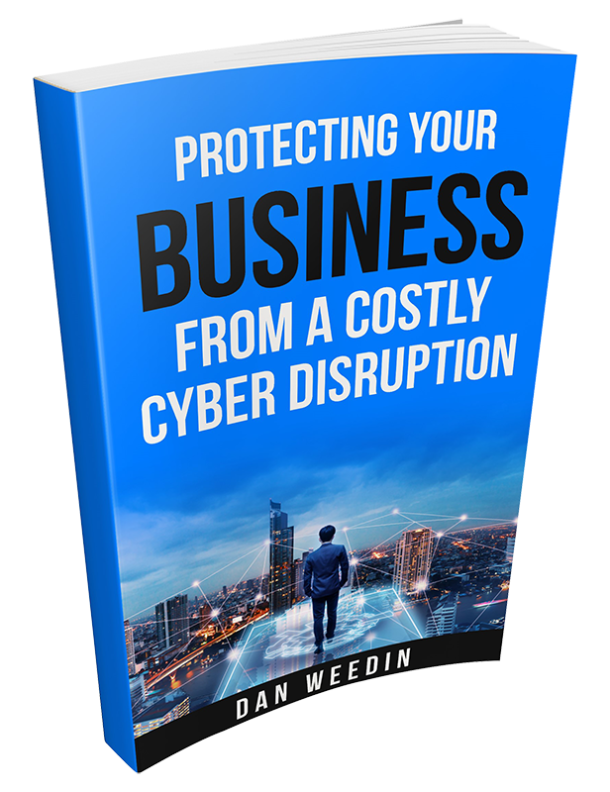How and where people work has changed forever.
While some may think that COVID-19 was responsible for virtual workers, in reality it only accelerated a process that was going to happen eventually. What’s clearly been revealed to employers of all sizes and industries is that so much of “work” can be reasonably and effectively done from a virtual spot at a great savings to the bottom line.
I don’t have a crystal ball, yet my gut feeling is that many employees in what was once considered a “white collar” office-centric job will continue to work virtually for the next 9-12 months. And at that rate, it may become permanent.
But like anything, there are both positive results and troublesome consequences.
Small and medium-sized businesses are finding out that there is improved profitability by reducing the need of expensive office space. Many no longer have to reimburse employees for transportation costs, purchase office supplies, or deal with hassles around traffic. Heck, they might actually be able to hire more qualified people from a larger, more diverse field.
The Flip Side: We humans are social animals. Even those self-proclaimed “introverts” are impatient with the challenges of working from home, including isolation, distraction, children, pets, and “sameness.” Adding to the burden is the question that people in ownership, leadership, and management must wrestle with – “How do I best supervise, manage, and develop my employees?”
If you’re in charge of teams or groups of employees that have moved to a “virtual” reality for the foreseeable future, you may have asked yourself that question. In my discussions with business leaders, many have said that they’ve figured out how to communicate and stay in touch with clients and customers. Where they still struggle is with keeping morale and engagement high for employees.
When the pandemic struck hard in early March and we were all forced to our homes, it caused me to do some re-evaluation of my practice. While I’ve been working from home for 15 years, my engagement with networking, marketing, and clients was 90% in person. I may have worked from home, but I was always out. I had to ask myself a question I’d never considered – “What happens if I can never leave home again? What do I have to change for my business?”
Even though I knew that would be a horrible worst-case scenario, I needed to consider the long-term changes of a probable new world. I’m now asking you that question to consider in reverse – What if you never go back to an office? How will you best manage your employees?
We should define “virtual work.” While for most, that’s meant home. While this still may be true, some may be transitioning to co-working facilities for part or all of that time. These facilities are ideal to get away from the house and locate in a place that offers better connectivity, less distractions, and some social interaction. That being said, it’s still considered virtual.
As we steam out of a year filled with disruption and into a new one that might focus on dealing with new norms, allow me to offer three ideas on how to best manage and develop employees that are working virtually. I interviewed my daughter Kelli, who works for a large company and is part of a large team. Here was some of her sage advice…
Concept #1: Create Structure & Consistency – We are all creatures of habit and to a large extent require familiarity in process. Without being in person, many employees can feel “out of the loop.” Kelli set a morning “touch base” session to create that structure and a consistent way to keep everyone on the same page and involved.
Concept #2: Avoid the Drain. Research shows that for every 90 minutes of work, you need a 15-minute break. Kelli says that as a team, they discuss this frequently as a reminder to everyone. It’s incredibly easy to get “head down” on work and before you know it, your back and head both hurt. That “drain” is a killer for energy, enthusiasm, and performance.
Concept #3: Be Flexible with “Working Hours:” If you’re anywhere around my age, you remember that classic movie Working 9 to 5, starring Dolly Parton, Lily Tomlin, and Jane Fonda. That era was synonymous with what all working people defined as the “workday” for decades.
Today, we need to be more flexible. The thought that we are most effective during the same timeframe is antiquated. What’s most important is both production and employee health.
Kelli shared that her company created blocks at 12 pm and 4 pm, in order so that team members could actually get some work done or go on a walk. She believes being flexible on work hours and when people need breaks is important to efficiency and employee morale.
Bottom Line: Like it or not, the office as we knew it is going the way of the T-Rex.
Yes, there is a big push to bring people back to work, but the toothpaste is already out of the tube.
Yes, there will still be offices, yet I believe there will be a strong movement to hybrid models and eventually a mostly virtual work environment.
But allow yourself to think five years into the future and consider what an office will look like. I see smaller, leaner offices that have a hybrid of in-person and virtual employees. There will be an increase in co-working, so that people can leave their homes and work in an office-like setting without distractions. Employers will hire the best qualified people regardless of where they call home. And the savviest employers will put together game plans to best engage collaboration, teamwork, and morale.
Will you be one of those companies?
© 2020 Dan Weedin. All Rights Reserved


